Innate joy soars through me as I stare at the beauty of the changing tree leaves.
Many people love spring or summer but for me, autumn is my favourite by far.
The glorious vivid colours of nature’s autumnal firework show is a complex chemical affair.
Within a leaf, the chemical compound chlorophyll is most prevalent in spring, summer and early autumn.
Our perception of the colour of leaves as green is due to the way chlorophyll’s chemical bonds absorb light wavelengths.
Chlorophyll’s magic role in leaves is its contribution to photosynthesis. Photosynthesis allows the energy of sunlight to convert carbon dioxide and water into sugars to feed the plant.
As a by-product oxygen is released. It’s a fairly nifty end result for us getting clean, breathable air I’d say!
There is a reason the amazon rainforest is called the lungs of the world.
Changing colours
Having taken you back to biology 101 I will now shock you; it’s a double period so listen up class!
The change of colours we associate with autumn is due to the retreat of the chlorophyll.
With warmer temperatures and sunlight length fading, the magic chemical stops being produced and so other chemicals hidden below, come to the fore in dazzling fashion.
With the green appearance of chlorophyll dissipating we are treated to underlying carotenoids, flavonoids and anthocyanins.
Yellow, orange and reds
Carotenoid and flavonoids are present all year round in leaves but masked behind the more prevalent chlorophyll.
In autumn, carotenoids and flavonoids degrade more slowly and so we are gifted a small opportunity to witness them unincumbered by the more dominant greens.
Glorious yellows, oranges and reds result.
I’m grateful for the golden yellow of our lime (Tilia x Europaea) avenue at Haddo House which looks spectacular in the pale November light.
I also get great pleasure being greeted by the stunning reds of my wee Acer palmatum as I walk into my own garden at home.
Magenta and Purples
Anthocyanins are more of a mystery.
The darkening days and increase of sugar in the tree leaves make them suddenly appear with prevalence.
The result is stunning vivid red, magenta and purple hues dependent upon tree sap acidity.
They are however freely visible in other plants much earlier.
Your juicy summer strawberries appear red thanks to anthocyanins. They also make your blueberries, blue and blackberries, black.
Getting on wi’ jobs!
So asides gawping at the changing leaf colours we have been taking back the epicormic shoots on the tree trunks around Haddo House.
Don’t be fooled by the confusing name, the epicormic growth is just the unwanted twigs and branches lower down on the tree trunks.
Canopy
If we leave these then they continually grow larger and firmer and become more difficult to remove in later years.
It may sound a pernickety job but once the epicormic shoots are trimmed back the trees look lovely.
We also take the chance to raise the canopy during the pruning process.
Another grandiose term, raising the canopy is just chopping off low-hanging branches.
We take the time to chop all the low-hanging branches in a neat and uniform way so that the lowest branches on the tree all start around the same height.
It gives the overall tree appearance a neatness that would overwise be quickly lost.
It not only does this but also serves a more practical purpose.
Our brilliant regional grass cutter Allan spends April to October going around all the north-east properties to keep the grass neat for our visitors.
On his big triple mower (one blade on each side, and one on the front) he sits fairly high off the ground.
It’s no mystery then, that Allan may not be too chuffed to constantly smack his head off low-lying branches daily!
Tim the assistant head gardener at Haddo House also loves an excuse to get the big Silky Hayauchi pole saw out.
Dead branches
Looking like the grim reaper, he walks around removing any dead branches before winter’s onset.
The prunings from the epicormic growth and the canopy raising are chopped up finely and put into the compost.
They are perfect there as the carbon: nitrogen ratio (i.e. how much woody material to how much leafy material) is spot on for adding in to a healthy compost pile.
Leafmould
Soon I will delve into what to do with all those glorious leaves once they come down.
Leafmould is an invaluable garden resource and I will go into the nitty gritty.
Fear not though, as I promise I won’t dive into the chemical processes or anything.
Now please go enjoy those gorgeous leaf colours whilst you can.
Take care and happy gardening.
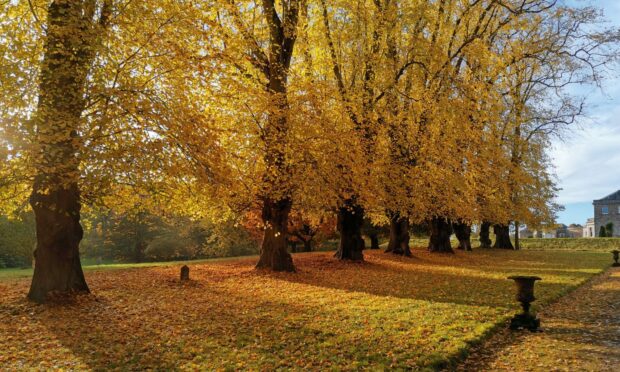

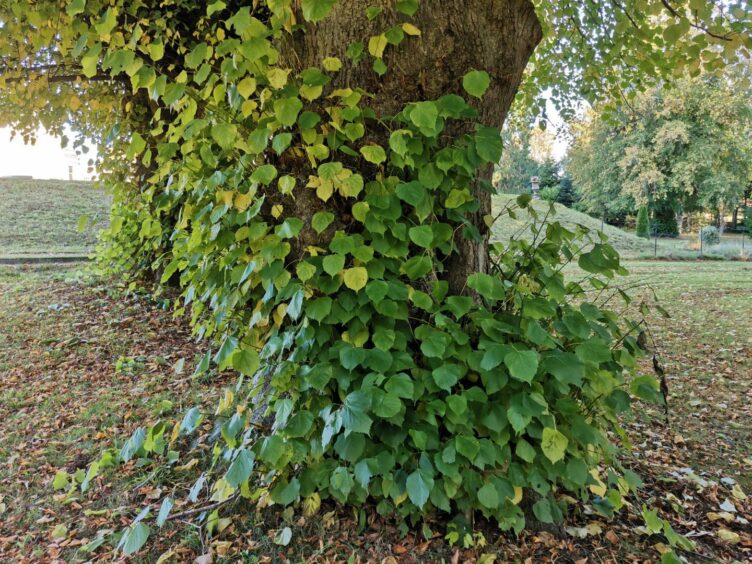

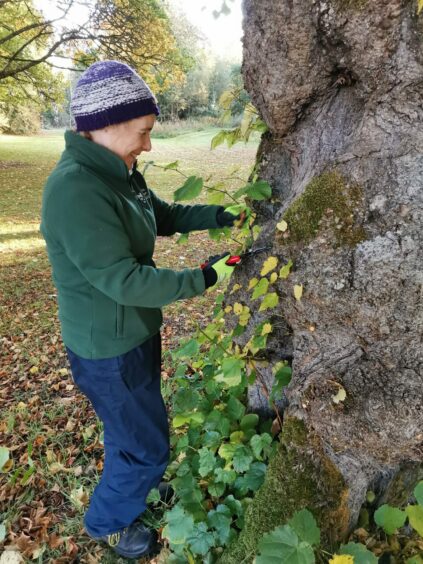
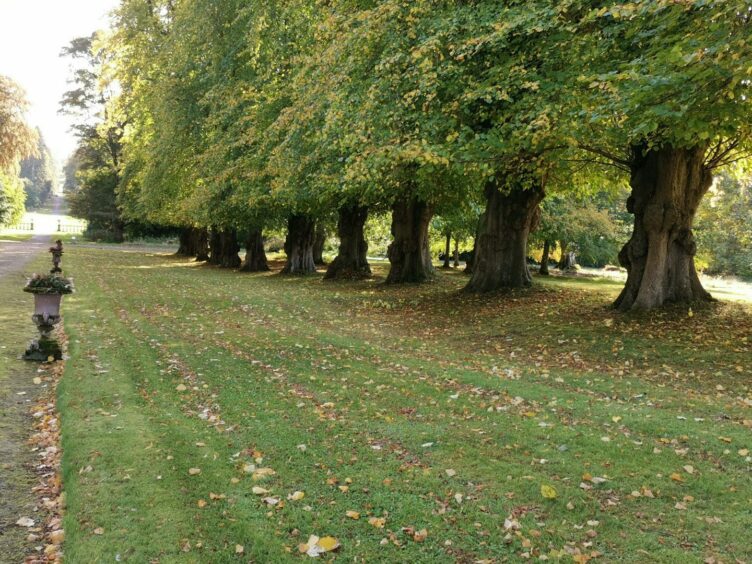
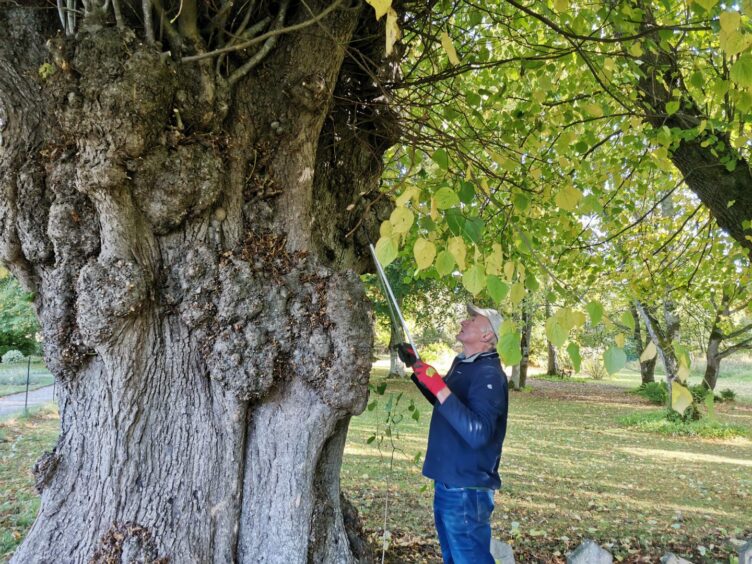



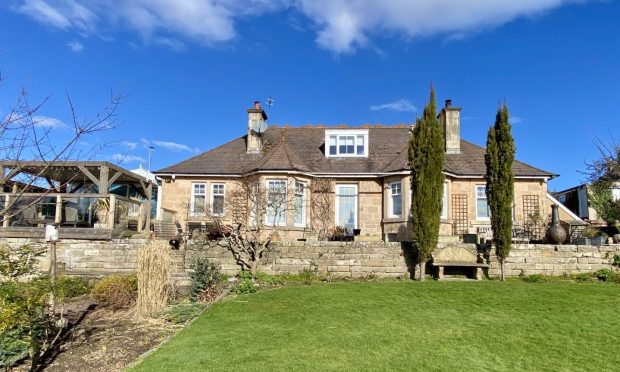

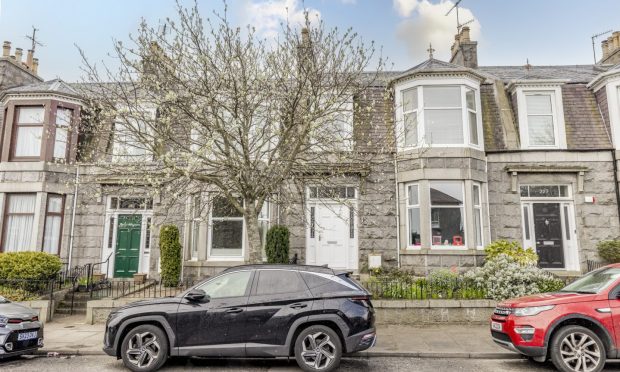


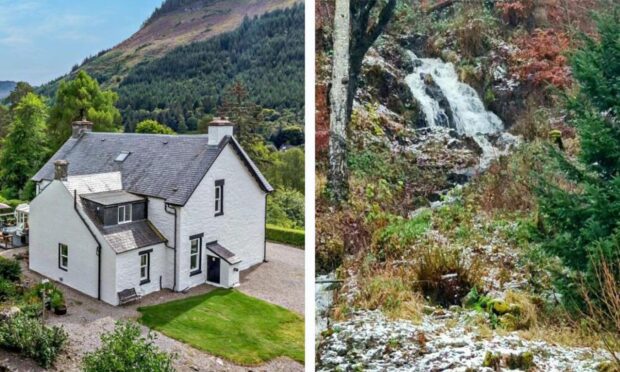


Conversation